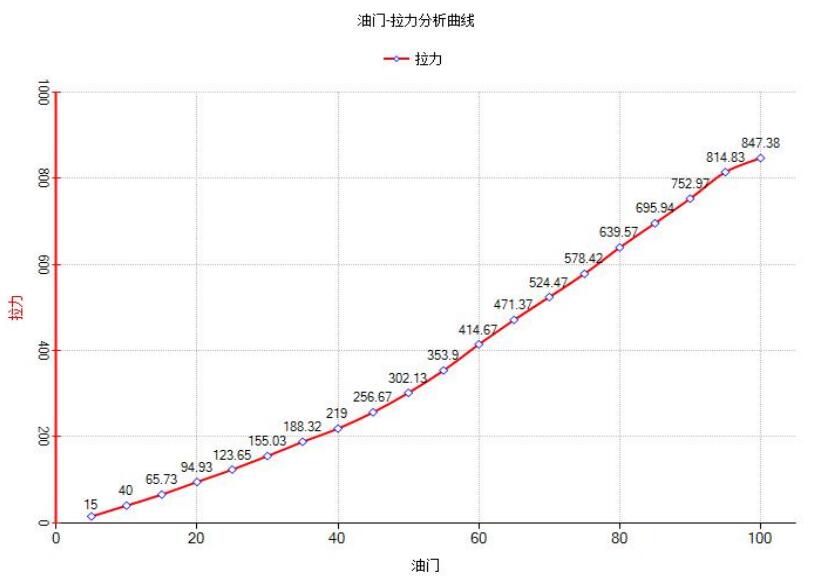1. The introduction of performance parameters and performance characteristic curves of dynamic system
2. Test experiment of performance parameters and performance characteristic curves of dynamic system
WF-EDU-02 UAV dynamic test teaching instrument test kit
1. Understand the dynamic system performance parameters and performance characteristic curve;
2. Understand the performance analysis and influence of dynamic system performance parameters and characteristic curves on UAV, dynamic system, motor and propeller;
3. Master the test method of dynamic system performance parameters and performance characteristic curve;
The seven performance parameters of the dynamic system are thrust, torque, total power, shaft power, motor efficiency, propeller force efficiency and system force efficiency. Thrust and torque are the basic test parameters of the test bench, and the other five performance parameters are derived from the calculation of the basic test parameters of the test bench.
In the process of UAV flight, the running state of UAV dynamic system changes constantly, so the performance of UAV dynamic system cannot be judged by simple or single performance parameters. The performance analysis of dynamic system is mainly based on the performance characteristic curve, which represents all operating conditions of dynamic system throttle value from 0 to 100%. The characteristic curve of dynamic system includes throttle characteristic curve and speed characteristic curve.
The abscissa of throttle characteristic curve is throttle, and the ordinate is the characteristic curve of dynamic system performance parameters. The speed of characteristic curve is the characteristic curve of the performance parameters of the dynamic system on the horizontal coordinate of the speed and the vertical coordinate of the dynamic system.
The throttle characteristic curve is mainly for the performance analysis of the whole dynamic system or the motor, among which the throttle tension curve, the throttle total power curve and the throttle system force effect characteristic curve are mainly used for the overall performance analysis of the dynamic system. Throttle -torque and throttle - motor efficiency are mainly used for motor performance analysis.
The speed characteristic curve is mainly aimed at the performance analysis of the propeller, mainly including the speed - tension, speed - torque, speed - propeller force effect characteristic curve.
Thrust is one of the most critical performance parameters to ensure the safety of UAV takeoff. The size of UAV thrust and throttle thrust characteristic curve are directly related to take-off weight, load,
maneuverability (vertical climbing speed, flight speed) and safety control margin. Thrust is produced by the propeller, so it is also one of the important performance parameters of the propeller. The rotational
speed - thrust characteristic curve can well reflect the thrust characteristics of the propeller.
Throttle thrust characteristic curve:

Figure 2-1 Throttle - thrust characteristic curve
The throttle-thrust characteristic curve represents the thrust value corresponding to different throttle positions. Through the throttle-thrust curve, the throttle position corresponding to the hovering thrust can be accurately found, and based on which to judge whether the dynamic system thrust is suitable for the take-off weight of UAV.
A. Generally, the nominal voltage of the battery is used to test whether 40%-60% of the throttle thrust meets the hovering thrust, which is the first safety factor for UAV flying under the current take-off weight. (According to different throttle - thrust characteristic curves of dynamic system or different design requirements of UAV, the percentage of thrust throttle satisfying hover will be selected differently. For example,
the hover throttle of the traverser may be less than 40%.)
B. The take-off weight of UAV must be within a certain safety factor, and the general safety factor should be 70% of the thrust under the state of lowest electric quantity (empirical value), that is, 70% throttle thrust under the state of low battery voltage should not be less than the thrust required by UAV hovering.
Previous: What are the limitations and potential drawbacks of gyro sensors
Next: Introduction of North Seeking MEMS IMU — ER-MIMU-01 and ER-MIMU-05
Copyright:@2020-2021
Comments Please sign in or sign up to post.
0
0 of 500 characters used